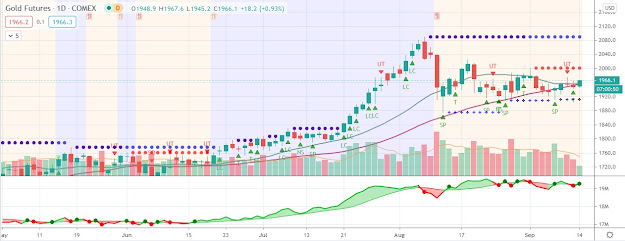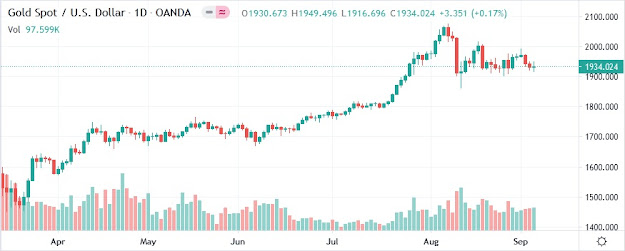Maintain that macroeconomic conditions will push gold above $1,900 this year. We target Q3:12
We focus on the US Taylor Rule and tomorrow’s US employment data. The market expects the US unemployment rate to hold steady at 8.3%. (The unemployment rate is down from 10% in Oct 09.)
The US Taylor Rule, for the first time since Feb 09, now signals that the Fund funds rate may be too low. The Taylor Rule provides an indication of where the Fed funds rate should be, given US unemployment and inflation. Until December last year, the Taylor Rule signalled that the Fed funds rate should actually
have been negative.
However, given that nominal interest rates can’t be negative, the Fed embarked on QE. However, according
to the Taylor Rule, the incentive for further QE has disappeared — for now. Whether this is a bearish signal for precious metals in general and gold specifically depends on how the Fed reacts relative to what the Taylor Rule suggests. Should the Fed start raising rates, it could mean a rise in real interest rates, which would be
negative for investment demand. However, should the Fed keep rates lower than what the Taylor Rule would suggest, we believe that the bullish case for gold especially remains intact.
Let’s look at what the futures market and options market suggest for the path of the Fed funds rate. The futures market suggests that the Fed funds rate should stay unchanged for at least another 12 months. So does the options market. The Fed also indicated at its last FOMC meeting that rates were likely to stay low into 2014. Therefore, if unemployment continues to improve at a marginal rate and/or inflation doesn’t collapse, the Taylor Rule would most likely continue to reflect a Fed funds rate that is too low. In our view, that would be bullish for gold even if there is no further QE.
In this regard, we look at the performance of gold during periods when the Taylor Rule signalled that the US Fed funds rate was too low vs. periods when the rule signalled the Fed funds rate was too high. Although this is a very simplistic and possibly naïve way to look at gold’s performance, it is still informative. The average gains for gold during periods when the Fed funds rate was too high, according to the Taylor Rule, was 21% since 1990. In contrast, gold gained on average 41% during periods when the Taylor Rule signalled that rates were too low.
We expect gold to push towards $1,650 in the next few weeks. We also maintain that macroeconomic conditions will push gold above $1,900 this year. We target Q3:12.
The US Taylor Rule, for the first time since Feb 09, now signals that the Fund funds rate may be too low. The Taylor Rule provides an indication of where the Fed funds rate should be, given US unemployment and inflation. Until December last year, the Taylor Rule signalled that the Fed funds rate should actually
have been negative.
However, given that nominal interest rates can’t be negative, the Fed embarked on QE. However, according
to the Taylor Rule, the incentive for further QE has disappeared — for now. Whether this is a bearish signal for precious metals in general and gold specifically depends on how the Fed reacts relative to what the Taylor Rule suggests. Should the Fed start raising rates, it could mean a rise in real interest rates, which would be
negative for investment demand. However, should the Fed keep rates lower than what the Taylor Rule would suggest, we believe that the bullish case for gold especially remains intact.
Let’s look at what the futures market and options market suggest for the path of the Fed funds rate. The futures market suggests that the Fed funds rate should stay unchanged for at least another 12 months. So does the options market. The Fed also indicated at its last FOMC meeting that rates were likely to stay low into 2014. Therefore, if unemployment continues to improve at a marginal rate and/or inflation doesn’t collapse, the Taylor Rule would most likely continue to reflect a Fed funds rate that is too low. In our view, that would be bullish for gold even if there is no further QE.
In this regard, we look at the performance of gold during periods when the Taylor Rule signalled that the US Fed funds rate was too low vs. periods when the rule signalled the Fed funds rate was too high. Although this is a very simplistic and possibly naïve way to look at gold’s performance, it is still informative. The average gains for gold during periods when the Fed funds rate was too high, according to the Taylor Rule, was 21% since 1990. In contrast, gold gained on average 41% during periods when the Taylor Rule signalled that rates were too low.
We expect gold to push towards $1,650 in the next few weeks. We also maintain that macroeconomic conditions will push gold above $1,900 this year. We target Q3:12.




Comments
Post a Comment